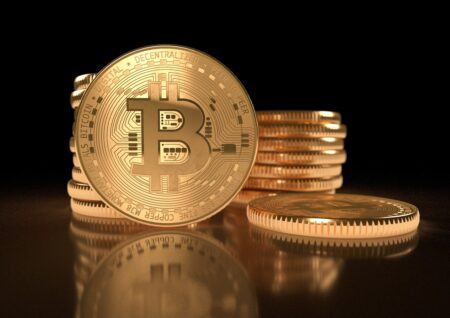Bitcoin (BTC) may be the most dominant cryptocurrency, but its network has been experiencing scalability issues. Block confirmation times on the Bitcoin network – how long it takes to process a set of transactions – has increased significantly.
The main reason why BTC transactions generally take much longer to process now is because the Bitcoin blockchain has become too congested.
Due primarily to the rising interest in cryptocurrencies that was seen in late 2017, far more people are trading and investing in bitcoin (BTC) and ether (ETH) – which has also experienced severe scalability problems.
Lightning Labs’ Lightning Network
In order to better handle the increased workload on the Bitcoin network, a number of solutions have been proposed. One of the more widely adopted ones is called the Lightning Network, which is a second-layer payment network designed to work alongside the main Bitcoin blockchain.
There are several different implementations of the Lightning Network (LN), however, most of them aim to achieve the same thing: to make the Bitcoin network more efficient.
In the past 8 months, BTC transactions have been reported to take hours, and in some cases even days or weeks to confirm.
Some users have also reported paying up to $100 in transaction fees. Clearly, these are significant problems if the cryptocurrency seeks to gain traction. LN solutions attempt to help the Bitcoin blockchain process transactions more quickly, while reducing transaction fees.
An LN solution introduced in March by California-based Lightning Labs has reportedly been more widely adopted than other implementations of the Lightning protocol. Lightning Labs’ LN software has also been tested extensively, but it’s still in its beta stages and still requires considerable work.
Lightning Network Has Grown By 85%?
Recently, however, it was reported that LN adoption rates have increased significantly. These reports are mainly based on the sizeable increase in the total stake amount on the LN, which has increased from 4 BTC, when its network was first launched, to 100 BTC.
This is signifiicant rise indicates that people are gradually coming on board with the solution.
Full-node operators, or block validators, have to stake some of their bitcoins on the LN network in order to be able to verify transactions. There are currently around 3000 nodes that are supporting the Lightning Labs’ LN.
But do these seemingly impressive numbers point to real growth and adoption of the LN? Has this second-layer payment solution really made BTC transactions quicker to settle and more cost-effective?
Very Few Transactions On Lightning Network
At present, very few BTC transactions are being routed through the LN network, which could simply be because it was launched fairly recently. Bitcoin users may not feel confident in using it just yet.
Because of the currently low number of transactions on the LN, the amount of digital currency that can be earned by its block validators is a lot less than what they have to pay in electricity costs to maintain a full-node.
Andreas Brekken, owner of cryptocurrency review website Shitcoin.com, recently experimented with Lightning Labs’ LN by staking 35 BTC on the network. Brekken’s relatively large stake amount effectively gave him 49 percent control over the LN.
The Shitcoin.com CEO soon learned that it was not too difficult to configure an LN node, but he also found the LN network to not be very effective in processing BTC transactions. Brekken reported that he had attempted to send 2,020 satoshis (0.0000202 btc), or only $13 at the time of writing, but he ran into some issues.
The crypto enthusiast explained during his “Lightning Network For Goods and Services” series that he had gotten an error message for the simple BTC transaction he was trying process. Brekken noted:
I click the button a few more times — The error remains the same — I look in the Google Chrome network inspector and SatoshiTweet is returning a generic 500 Internal Server Error response.
“Impractical Even For Highly Technical Users”
Brekken then tried to play “Lightning Spin”, which is a game created for the Lightning Labs’ LN network. This also led to some problems, as the Shitcoin.com CEO said there were several glitches in the game, and he had to keep on reloading his browser just to be able to play it.
Brekken attempted to use the LN network to pay for different services as well. Although there are a few online shops that do support the second-layer payment solution, the crypto entrepreneur said he received many errors messages when trying to actually pay the merchants.
Brekken described his experience with the LN so far, explaining that:
Sending payments using the Lightning Network is cheaper than the regular Bitcoin network, but suffers from routing errors and wallet bugs that make it impractical even for highly technical users.
In late June, a crypto newsletter service called Diar reported that “the success rate for a payment for no more than a few dollars between random LN nodes is 70%.” Diar also said that there was a 99% rate of failure for large BTC transactions.
Notably, Cornell professor Emin Gün Sirer confirmed in June that despite the the number of payment channels increasing by 10-fold since LN was launched, there was still a very high failure rate for most BTC transactions on the LN.
Looking at these reports suggests that crypto enthusiasts should be more concerned about Bitcoin’s (BTC) current scalability problems, instead of worrying about whether the SEC will allow Bitcoin ETFs.









